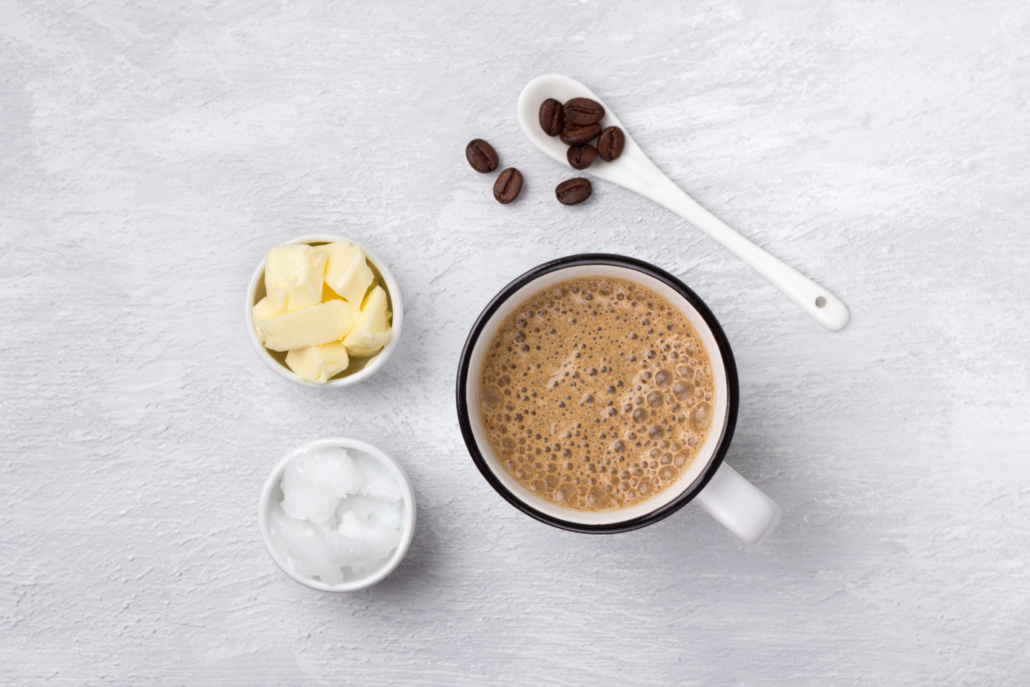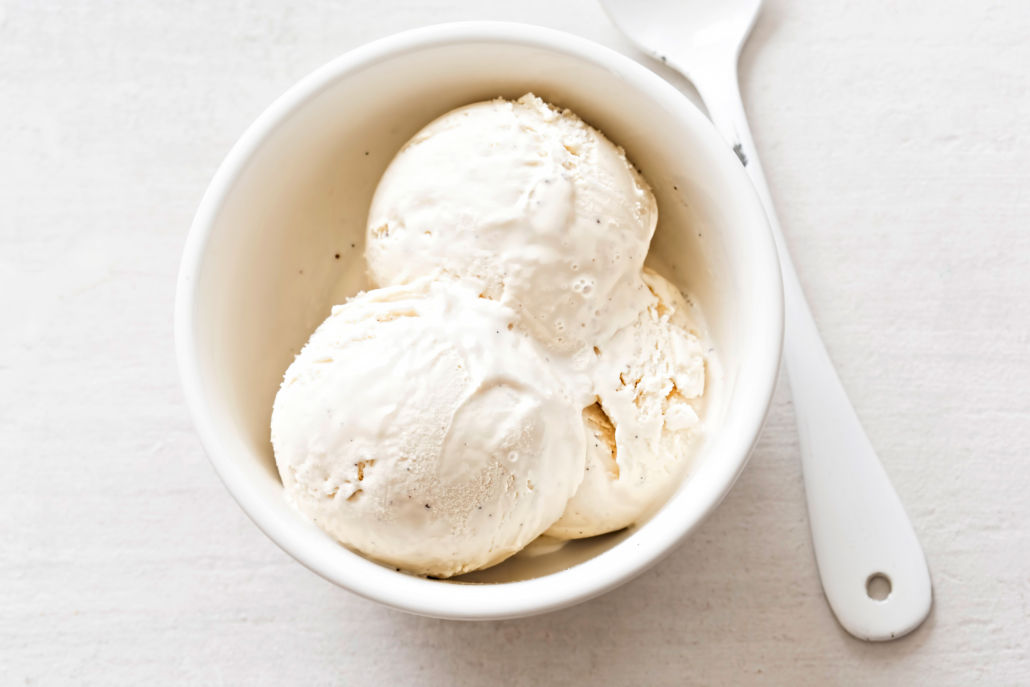We include products in articles we think are useful for our readers. If you buy products or services through links on our website, we may earn a small commission.
The Paleo Keto Diet 101
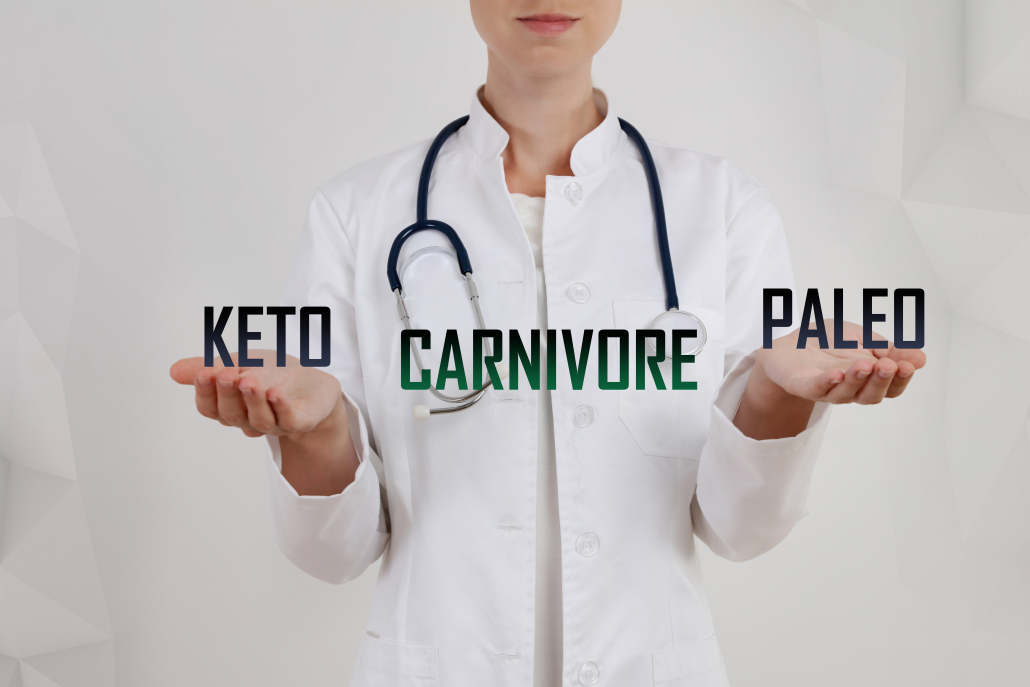
The mainstream approach to a paleo keto diet is to combine the standard keto macro percentages with paleo diet food selection. This means eliminating grains, legumes, and processed sugars while increasing fat and decreasing carb intake.
The combination of the two diets puts the paleo vs. keto debate to bed. However, the mainstream paleo diet is more of a branding exercise than a true interpretation of what our paleolithic ancestors actually ate. Most of the vegetables and fruit, along with olive and avocado oil, permitted on the paleo diet did not exist in the paleolithic period.
This discrepancy between what the paleo diet brand claims our ancient ancestors ate and what they actually ate has led many experts like Dr. Kiltz to develop more accurate interpretations of keto paleo.
There is significant evidence that our caveman ancestors ate a mostly carnivore diet of fatty meat and organ meats that was ketogenic by default.
Let’s dig into what a paleo keto diet is and isn’t, and how a well-formulated paleo keto diet can support your health goals.
Table of Contents
What is Paleo Keto?
Paleo keto, like other versions of the keto diet, calls for specific macronutrient percentages. While the paleo aspect means eliminating grains, legumes, processed sugars, and dairy.
People practice paleo keto for the combined effects of whole foods low-carb high-fat way of eating. These benefits include [2][3][4][5]:
- Protection against diabetes
- Supporting cancer treatment
- Reduced risk of Alzheimer’s
- Reduced epileptic symptoms
- Weight loss
- Reset gut microbiome
So let’s start with the macros and then get into the details.
Paleo Keto Diet Macronutrients
Paleo keto macro percentages:
- 75-80 percent calories from fat
- 15-20 percent calories from protein
- 5-10 percent calories from carbs
Here is a paleo keto macro breakdown converted into grams for a 2,000 calories per day diet:
- 1500 calories fat/9= 166 grams of fat
- 100 calories carbs/4= 25 grams carbs
- 400 calories protein/4= 100 grams protein
In contrast, the average American on a standard American diet consumes 50%-60% of calories from carbohydrates, 20% of which come from added sugars [6].
Eliminate Most Sources of Carbs
Paleo Keto calls for cutting out all processed sugars, dramatically cutting carbs, and eliminating all processed foods.
Standard paleo is not really low carb and allows honey, maple syrup, and fruit. To reduce carbs on paleo keto, these are essentially eliminated. There is some room for a small amount of keto-friendly fruits.
On paleo keto, the calories you would get from carbs are replaced by:
- healthy keto fats,
- fatty fish seafood,
- fatty keto meats.
- Modest amounts of keto vegetables.
Eliminate Grains and Legumes
Paleo keto eliminates grains and legumes since they are both high in carbs and did not exist in the diets of our paleolithic ancestors, and contain plant toxins and antinutrients.
These compounds are part of a plant’s defense mechanisms. They include phytoalexins, lectins, phytates, and phytohormones are part [7][8][9].
When consumed by humans, these plant toxins are associated with various problems stemming from inflammation, digestive issues, nutrient deficiencies, and leaky gut.
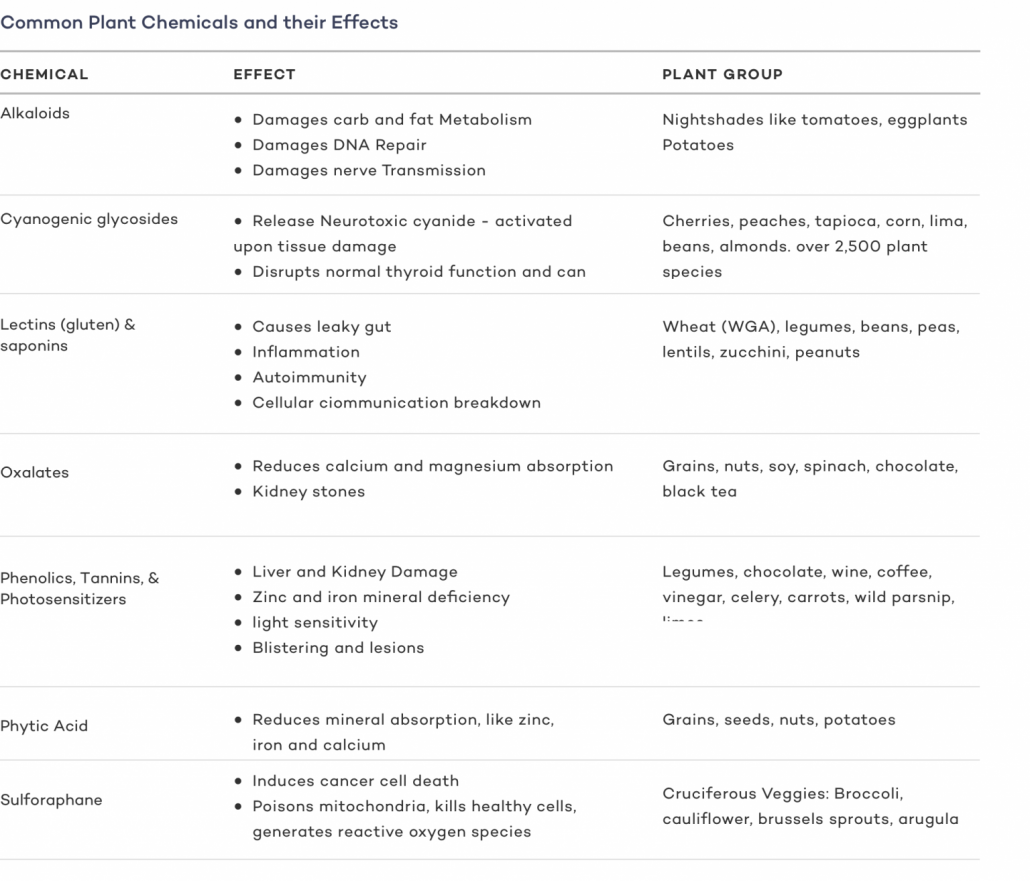
A more accurate interpretation of paleo keto would cut out nearly all vegetables, even low-carb keto-friendly veggies. That’s because most vegetables (not just grains and legumes) we eat today did not exist for our paleo ancestors.
Paleo keto does not allow soy products like tofu, tempe, and soybeans, which can be an important source of protein for vegan keto dieters.
Eliminates Dairy
Paleo keto eliminates full-fat dairy products that are a staple for many standard keto dieters. Keto cheeses, keto yogurts, butter, and ghee are all off-limits on paleo keto.
More Meat
Doctor Cordain and colleagues who developed the mainstream paleo diet came up with a 50/50 split between plant and animal sources of calories. But a paleo keto diet calls for considerably more meat and fewer plant foods.
Cordain based this ratio on studies of the remaining hunter gatherer tribes who on average, get at least 51% of their calories from meat [17].
However, modern hunter gatherer tribes live in a far less abundant environment than paleolithic humans. Research suggests that less access to large animals has forced modern hunter gatheres to forage calories from tubers and seasonal fruits.
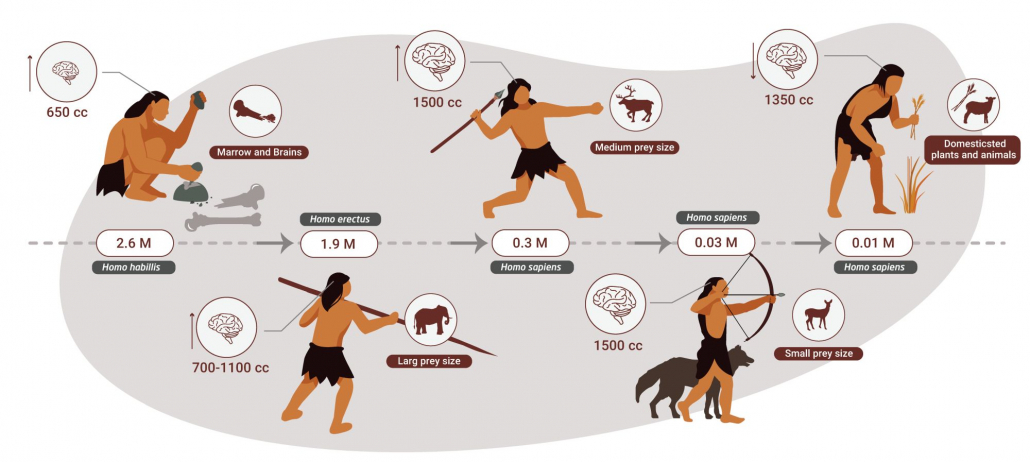
Source: Dr Miki Ben Dor
Paleo Keto Meats
Here’s a list of excellent keto meats to build your paleo keto meal plan around.
| RANKING | KETO MEAT | CALORIES | FAT | PROTEIN | CARBS | %CALORIES FROM FAT | % CALORIES FROM PROTEIN | |
| #1 | Ribeye steak | 310 | 25 | 20 | o | 73% | 26% | |
| #2 | Pork Belly | 588 | 60 | 10.4 | 0 | 92% | 7% | |
| #3 | Rack of lamb | 330 | 22 | 30 | 0 | 63% | 37% | |
| #4 | Sweetbreads | 356 | 33.6 | 14.6 | 0 | 82% | 18% | |
| #5 | Chicken Wings | 320 | 22 | 30.4 | 0 | 62% |
Paleo Keto Fish
| TYPE OF FISH | CALORIES | FAT | PROTEIN | CARBS | % CALORIES FROM FAT | % CALORIES FROM PROTEIN | |
| Atlantic Mackerel | 290 | 20.3 | 27 | 0 | 63 | 37 | |
| Farmed Arctic Char | 208 | 12 | 19 | 0 | 58 | 42 | |
| Anchovies | 256 | 15.9 | 28 | 0 | 56 | 44 | |
| Farmed Salmon | 234 | 14 | 25 | 0 | 56 | 44 | |
| Wild King Salmon | 195 | 13 | 22 | 0 | 54 | 46 | |
| Sardines | 139 | 8 | 19 | 0 | 50 | 50 |
Paleo Keto Seafood
| Type of Seafood | Calories | Fat | Protein | Carbs | % Calories from fat | % Calories from protein | % Calories from carbs |
| Salmon Caviar (Roe) | 260 | 14 | 29 | 2.9 | 45 | 52 | 3% |
| Oysters | 58 | 1.9 | 6.5 | 3.1 | 29 | 33 | 28 |
| Mussels | 97 | 2.8 | 13.5 | 4.5 | 26 | 56 | 19 |
| Shrimp | 135 | 2.0 | 25.8 | 1.7 | 18 | 78 | 4 |
| Dungeness Crab | 107 | 2.0 | 22 | 0 | 17 | 82 | 0 |
| Lobster | 116 | 1.8 | 25 | 0 | 14 | 86 | 0 |
| Clams | 82 | 1.1 | 15 | 3 | 12 | 73 | 15 |
| Scallops | 97 | 1.0 | 19 | 3 | 9 | 78 | 12 |
More Fat
The standard paleo diet calls for lean meats, but a keto paleo diet is essentially a nose-to-tail approach centered around fatty meats, organ meats, and animal fats like tallow and lard. A mainstream paleo keto diet also allows for olive oil.
Balances Omega-6/Omega-3 Fatty Acids
Paleo keto rebalances our omega-6: Omega-3 ratios by eliminating processed vegetable oils high in omega-6 PUFAS.
Both fatty acids serve important functions in the body, but our paleolithic ancestors evolved on a diet offering a 1:1 ratio. Omega-6s tend to be pro-inflammatory, while Omega-3 are generally anti-inflammatory [13]. On a modern Western diet, the ratio is now around 15:1. This imbalance may be a root cause of chronic inflammation [14][15].
Paleo Keto Foods
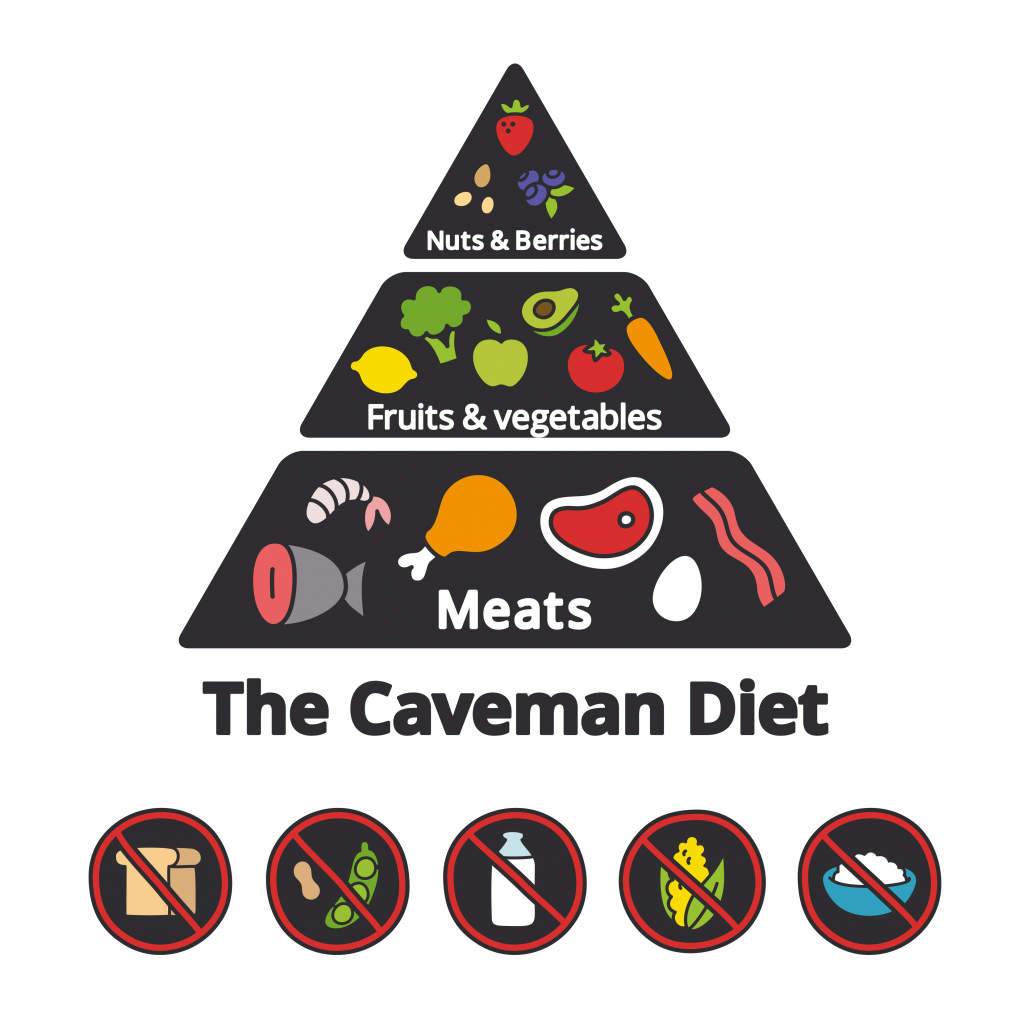
Key to the health benefits of a keto paleo diet is the elimination of processed foods loaded with industrial fats, processed grains, and added sugars and the consumption of healthier whole foods[6].
Whole foods that are typically consumed in a keto-based paleo diet include:
- Meat
- Fish
- Vegetables
- Fruits
- Nuts
Supermarkets are loaded with packaged and processed foods claiming to be ‘paleo-friendly’ and ‘keto-friendly’. Though these foods meet paleo standards of ingredients and macro ratios, they don’t meet standards of freshness and often contain unhealthy industrial ingredients. But if you must, here is a rundown of keto snacks.
Paleo Ketogenic Diet: The Takeaway
Paleo keto means eliminating grains, legumes, dairy, and processed sugars while reducing carbs and increasing fat intake to meet keto macro ratios.
A paleo keto diet is centered around fatty meats. The all-meat carnivore diet can be considered the most accurate interpretation of a paleolithic diet, though many paleo keto dieters allow for a limited selection of low-carb fruits, veggies, and nuts.
Practicing paleo keto may be a powerful way to balance blood sugar, reduce inflammation, protect against neurodegenerative disease, shed excess weight, kick your carb addiction and reclaim your metabolic health.











